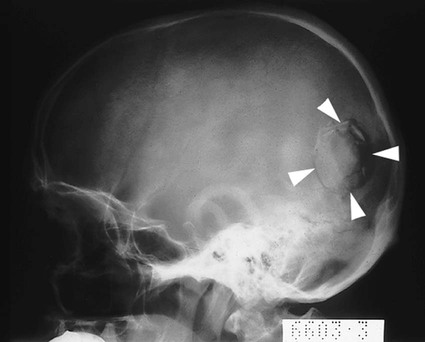

1 The inner surface of the skull base is divided into anterior, middle and posterior cranial fossae by the sphenoidal ridge anteriorly and the petrous ridge posteriorly. The calvarium is further divided into the skull vault and the skull base, the latter of which consists of the paired orbital plates with the cribriform plate in the middle, the sphenoid bone with its lesser wings anteriorly and greater wings posteriorly, parts of the squamous temporal bone and petrous temporal bone and, lastly, the occipital bone posteriorly. IntroductionĪccording to Ryan et al., 1 the human skull consists of three components: calvarium, facial bones and mandible. The sensitivity of clinical signs in predicting BSF was 31%, while specificity was 89.3% ( p = 0.004).Ĭonclusion: The prevalence and pattern of BSF found were consistent with data from previously published studies, although, dissimilarly, assault was found to be the most common aetiology in this study. There was a statistically significant association between head injury severity and BSF, and between the number of fracture lines and associated signs of BSF ( p < 0.001). The middle cranial fossa was the most frequently fractured compartment, while the petrous bone was the most commonly fractured bone. The most common aetiology of BSF was assault, which accounted for 46% of cases. The majority of patients (80.5%) were under 40 years old, with a male to female ratio of 3:1. Results: The prevalence of BSF in this study was found to be 15.2%. Data were prospectively obtained over a 6-month period, interpreted on an advanced workstation by two readers and statistically analysed. Methods: Patients of all ages with head injuries were considered for the study, and those who met the inclusion criteria were scanned using a 128-slice multidetector helical computed tomography (CT) machine after obtaining consent. Objectives: To evaluate the prevalence and pattern of BSF in head injury patients referred to Dr George Mukhari Academic Hospital, Gauteng, South Africa. However, there are limited data available on the aetiology, prevalence and patterns of such observed in South Africa. This is an Open Access article distributed under the terms of the Creative Commons Attribution License, which permits unrestricted use, distribution,Īnd reproduction in any medium, provided the original work is properly cited.īackground: Basal skull fractures (BSFs) have been reported to be a major cause of morbidity and mortality in the literature, particularly in young male patients. Mokolane, Cornelia Minne, Alireza Dehnavi Prevalence and pattern of basal skull fracture in head injury patients in an academic hospital Prevalence and pattern of basal skull fracture in head injury patients in an academic hospital.


 0 kommentar(er)
0 kommentar(er)
